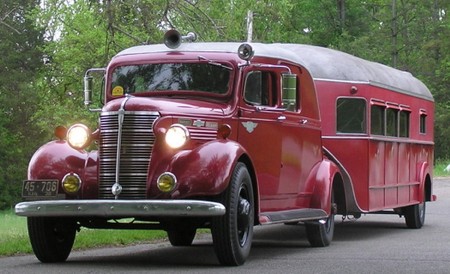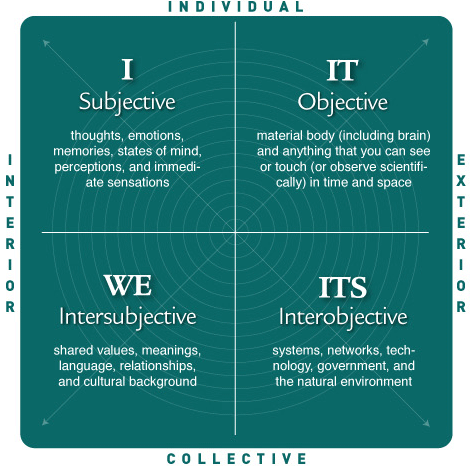Last time I wrote about the need. In this post I would like to establish a common ground for those who are interested in measuring holacracy by trying to answer the core questions below. Without these we can not really go on.
- What is holacracy?
- What nature of holacracy do we want to measure?
- What are our paradigms?
I believe it is important to try to answer these questions precisely. Let me picture why.
Imagine a red Ferrari viewed by a single young adult guy. From his point of view the Ferrari is a luxurious sport car. He finds the driving experience its core nature. Without measuring it we already know that the driving experience of the Ferrari is outstanding.
 |
| What can compete with a cool Ferrari in respect of a driving experience. |
Now imagine the Ferrari from the point of view of a young little girl in her pink-and-pony years. Looking at the Ferrari she sees a flat red car and finds its color the core nature. For her a pink horse carrier has a greater esthetic value.
 |
| When its about color some may find pink cars more attractive than red cars. |
I dare to state that holacracy is not widely understood. Just read its critiques. To measure it a common understanding needs to be established at least between those who collect and those share data about it. Why? Because to measure you need the data (or responses) out of the people who experience holacracy from the inside. We need to speak a common language.
So let us define: What is holacracy?
To start with I collected all available data from HolacracyOne. Great thanks for that! These information gave me a strong start. But I still felt a gap. Because of my paradigm I missed some aspects.
But what is my paradigm? And how does that affect my thinking? How could I say that mine is right? How could I see through it and adjust the definition to the measuring purpose? Even the step of adjusting can be self-justifying in cases.
To answer this I used three clarifying questions that let me be experiential, reflective and iterative.
- What are the best possible descriptions I can give to holacracy?
- Through what lenses, worldviews or paradigms do I make these descriptions?
- Integrating and iterating on the answers for the above questions can I improve the present descriptive definition?
What is my paradigm?
I made my last (until now) definition of holacracy by the help of the AQAL framework (by Ken Wilber) and the organizational worldview system of Frederic Laloux that is also based on the Integral Theory and spiral dynamics.
 |
| The AQAL framework. Using the quadrants help to change the point of view while observing anything. |
To serve measurability I separated my descriptive definition to four parts. These parts describe holacracy as follows.
Subjectively:
Holacracy as I personally experience it while I work in a holacratic organization.
|
Objectively:
Holacracy viewed as a thing objectively from the outside.
|
Intersubjectively:
Holacracy as our shared experience, while we work and live in a holacratic organization.
|
Interobjectively:
Holacracy viewed as part of a larger social and economic system
|
Thanks for your patience!
The descriptive definitions of holacracy...
to further iterate on. To use them for measuring purposes. To debate about...
Subjectively:
Holacracy is a cooperation practice that helps practitioners to build their capacities in consciousness about organizational, role and personal purpose, mainly by surfacing tensions.
|
Objectively:
Holacracy is a comprehensive practice for structuring, governing and running an organization by creating clarity, empowering practitioners on a system level and distributing decision making to relevant roles.
|
Intersubjectively:
Holacracy is a cooperation practice that provides us a shared experience of the organization's purpose, a shared understanding of our values and principles.
|
Interobjectively:
Holacracy is an agile (evolutionary) social technology for purposeful organizations. It is described as a closed system, renewed periodically by versions and written in legal language
|
Next question please! :)
What core nature of holacracy do we want to measure?
I used the same framework, the AQAL quadrants. I had my hard time to choose one for each quadrant but I will go into details only later.
Subjectively: Consciousness.
Holacratic operation forces the participants to face their reactions, emotions and their ego every day. This consciousness focuses directly on the accountability of work, the domains a circle or a role has and the authority and lead functions distributed to steward a purpose. This consciousness indirectly may unveil parts of the individual's purpose.
|
Objectively: Efficiency
Efficiency in decision-making, in holding meetings, in working a self-managing way, in aligning circle and role purposes, and gathering information via transparency.
|
Intersubjectively: Shared mindfulness
Shared mindfulness as an ongoing engaged shared presence, work and communication of conscious individuals. Shared mindfulness about our current reality, our story and our everyday life. |
Interobjectively: Competitiveness.
Competitiveness by adoption to the market via the purpose, connecting to the customers in distributed authority, having the constitution culturally embedded in legal context, having Holacracy One as a steward constantly updating the system.
|
Conclusion for now
When measuring holacracy some may see its purposefulness, some may see its efficiency the more important aspect. Some of us may feel it important to observe its cultural aspects. I encourage us to look at it integrally through all the quadrants.
Please feel free to comment and criticize! It needs to be tested. I would appreciate any suggestions, insights regarding the scale and method of measurnig! I would also be grateful for any specific questions you would use for measuring purposes! If you are interested, please think about and indicate your intent about participating in a measuring survey!
I plan to continue this post by working on the measuring method of the specific quadrants.











